Perfecting the green credit legal corridor
Deputy Governor of the State Bank of Vietnam Dao Minh Tu affirmed that green credit and ESG implementation are inevitable trends for sustainable development, and are one of the important resources to achieve the national green growth target. This is also a solution to help credit institutions reorient their business activities towards sustainability, approaching international standards. Thereby affirming their position, enhancing competitiveness, expanding cooperation and business opportunities; at the same time, for businesses, green credit is a resource to support businesses to improve and innovate technology, and convert to green production.
In recent times, green credit in Vietnam has had many favorable conditions and opportunities for development, thanks to very clear orientations and regulations. Ms. Ha Thu Giang, Director of the Department of Credit for Economic Sectors (State Bank of Vietnam) said that the State Bank of Vietnam has promptly implemented and created conditions for green credit activities to be promoted and developed. Specifically, the State Bank of Vietnam has operated a reasonable credit policy, meeting the credit capital needs of the economy to support economic growth, directing credit to priority areas and economic growth drivers according to the Government's policy, including supporting the economy to shift to a green growth model.
Based on these policy frameworks, credit institutions have taken drastic and proactive actions, implementing solutions to promote green credit activities and have achieved many positive results in terms of awareness, number of credit institutions participating in financing green sectors, scale and growth rate of green credit outstanding balance.
“From only 15 credit institutions participating in 2017, up to now, there have been 50 units with outstanding loans, the average growth rate of outstanding green credit in the period 2017-2024 reached over 22%/year, higher than the growth rate of outstanding credit in general for the economy,” Deputy Governor Dao Minh Tu informed.
|
Customers transact at the Military Commercial Joint Stock Bank (MB). Photo: PHUONG ANH |
However, in practice, banks and businesses face many difficulties such as: There is no national green classification list, general regulations on ESG for businesses to practice, meeting increasingly strict sustainable development requirements; risk assessment tools are limited, payback period is long, financial efficiency is unclear; higher requirements on governance, quality of banking human resources in the fields of environment, society, climate to identify, assess, manage, monitor credit grants as well as advise and support customers to meet new international criteria on emissions...
Based on the above practical requirements, Ms. Ha Thu Giang said that in order to expand, open up and effectively use green credit capital of the banking system, it requires coordination and combination from ministries, branches and functional agencies in perfecting the legal corridor, support mechanisms, and creating motivation to mobilize all resources from economic sectors. In addition, it is necessary to synchronously perfect investment mechanisms and policies to create a favorable investment environment; build a roadmap to implement support policies and mechanisms for green industries of each industry/field in a synchronous manner, in order to attract and promote the effectiveness of green credit capital.
Minimize negative impact on the environment
In order to support customers with preferential loans in the green sector, contributing to environmental protection, energy saving, renewable energy and clean technology, bringing benefits to economic development, aiming at the goal of green and sustainable growth, the Bank for Agriculture and Rural Development of Vietnam ( Agribank ) has been spending 10,000 billion VND to implement a preferential "green credit" loan program for individual customers with a loan interest rate floor of only 3.5%/year. The implementation period is until June 30, 2025 or until the program scale is reached.
|
Vietnam Bank for Agriculture and Rural Development prioritizes credit for green and sustainable growth goals. Photo: THANH THUY |
Borrowers are individual customers borrowing capital to implement plans and projects for production and trading of green products and services: Production and trading of organic agricultural products; production and trading of eco-labeled products; production and trading of safe food supply chain products; production and trading facilities that meet national standards on environmental management systems ISO 14001; production and trading of aquatic products, crops and livestock products that are produced and processed in accordance with good agricultural production practices; development of self-produced and self-consumed rooftop solar power (including trading of products serving the installation of rooftop solar power/wind power or customers installing for production and business combined with use)...
As one of the leading banks in promoting green finance and sustainable development, the Military Commercial Joint Stock Bank (MB) has had specific credit support policies.
Mr. Pham Nhu Anh, General Director of MB shared that green credit is not only measured by profit, this is a business sector that brings community value, supports environmental protection and promotes sustainable development. Green credit is a form of long-term investment, aiming to build a green economy and minimize negative impacts on the environment.
|
The Military Commercial Joint Stock Bank (MB) is a pioneer in promoting green finance and sustainable development. Photo: PHUONG ANH |
Through green projects, MB not only accompanies customers but also contributes to shaping a sustainable future for the whole society. Therefore, MB's strategy to expand green financial products is based on the following core principles and activities: MB aims to maintain the green ratio at 8-10% of the total credit scale of the bank, in the context of MB's credit growth of 15%/year in the period 2024-2029 and the policy of lending to projects that benefit the environment and society, contributing to the national and international sustainable development goals. Diversifying green capital mobilized from international financial institutions, contributing to supporting MB in focusing credit resources on environmentally friendly projects, adapting to climate change
In addition, MB applies an interest rate mechanism of 1-2% lower than the normal interest rate for investment and lending in green sectors, specifically: Clean energy - renewable energy; green real estate; green transportation; green agriculture and sustainable forestry... At the same time, it encourages preferential credit and supports businesses to invest in technology transformation to protect the environment and reduce emissions, including sectors with high ESG risks (cement, iron and steel, thermal power, textiles...).
Some experts believe that the awareness of businesses and investors about the benefits and importance of the green financial market is not uniform, leading to a low level of interest from customers in mobilization products and green financial credit products, and a reluctance to use new banking products/services. In addition, investing in green projects requires large capital sources and the ability to assess specialized technical and environmental factors. Credit institutions will incur additional investment costs to build a management system suitable for the green growth and green transformation goals of the economy, and to improve the capacity of bank staff in green banking and sustainable finance.
Therefore, to achieve the goal of sustainable development and green growth of the business community, in addition to the support from the policies of the Government, relevant ministries and branches, it is necessary to have the joint efforts of commercial banks. And above all, it is necessary to raise the awareness of business leaders in proactively transforming production and business activities to green growth areas, creating sustainable development and long-term stability for society.
ENGLISH VIETNAMESE
Source: https://www.qdnd.vn/kinh-te/cac-van-de/tin-dung-uu-dai-cho-tang-truong-xanh-phat-trien-ben-vung-826661


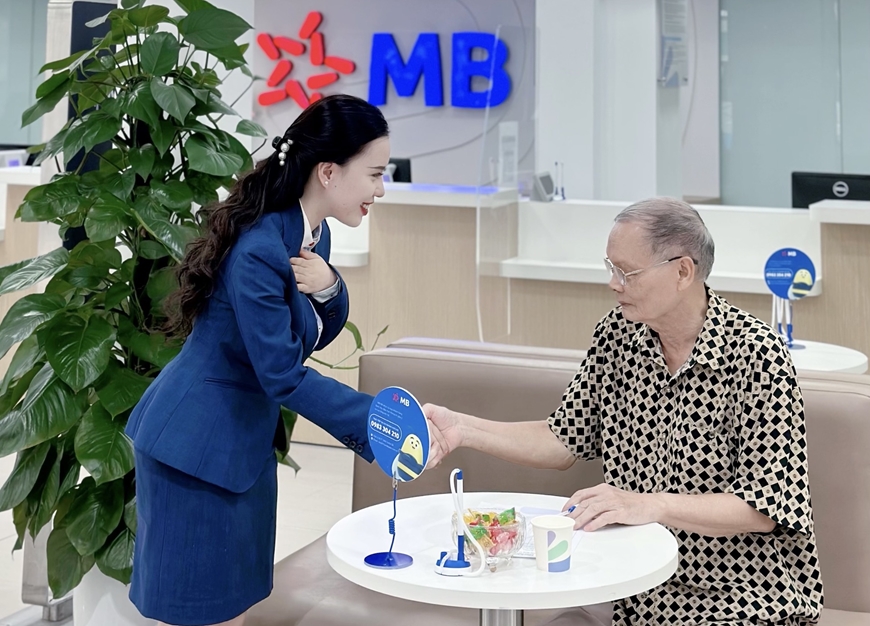
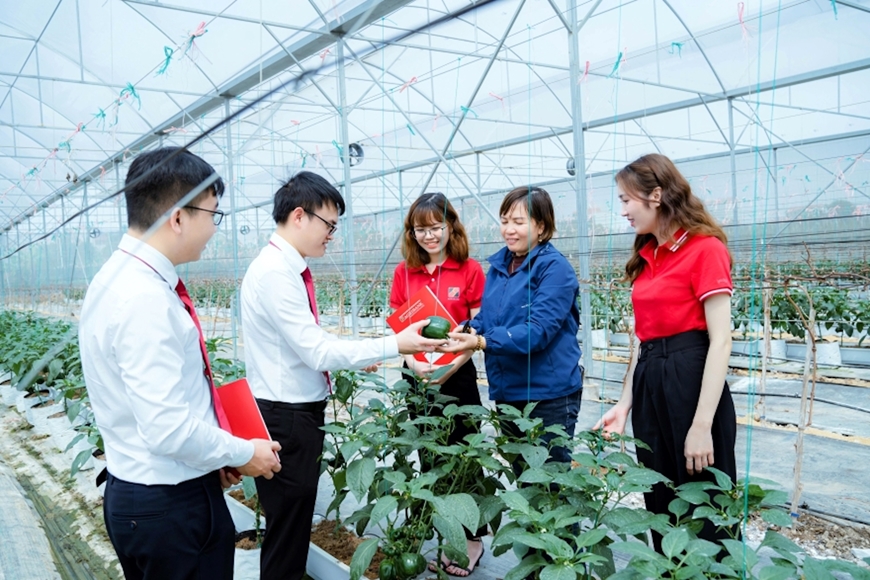


![[Photo] Prime Minister Pham Minh Chinh and United Nations Secretary-General Antonio Guterres attend the Press Conference of the Hanoi Convention Signing Ceremony](https://vphoto.vietnam.vn/thumb/1200x675/vietnam/resource/IMAGE/2025/10/25/1761391413866_conguoctt-jpg.webp)

![[Photo] Prime Minister Pham Minh Chinh receives United Nations Secretary-General Antonio Guterres](https://vphoto.vietnam.vn/thumb/1200x675/vietnam/resource/IMAGE/2025/10/25/1761390212729_dsc-1484-jpg.webp)

![[Photo] National Assembly Chairman Tran Thanh Man receives United Nations Secretary-General Antonio Guterres](https://vphoto.vietnam.vn/thumb/1200x675/vietnam/resource/IMAGE/2025/10/25/1761390815792_ctqh-jpg.webp)


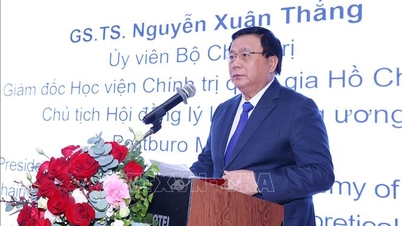



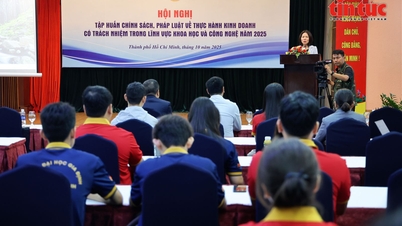
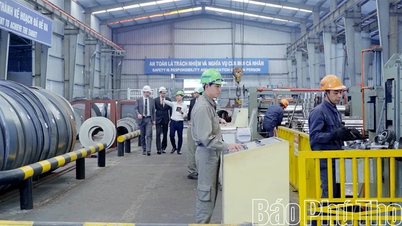





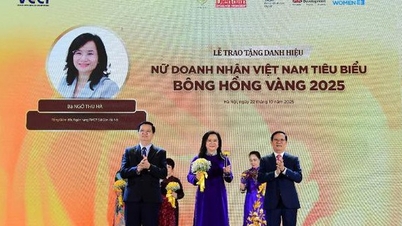

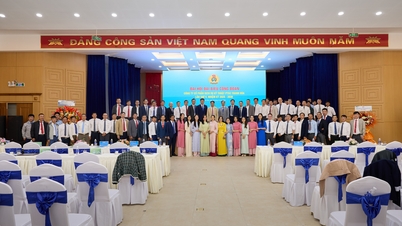
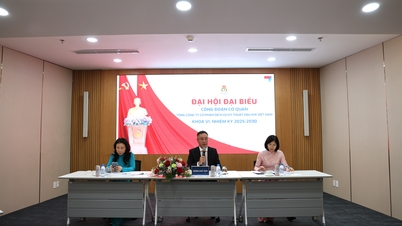


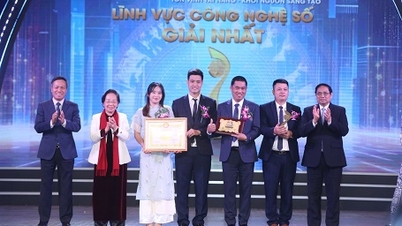




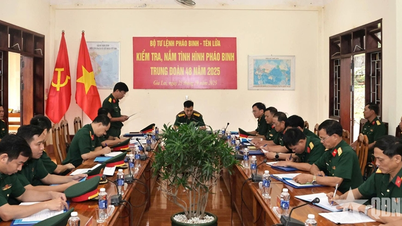

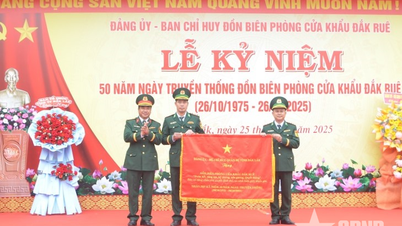
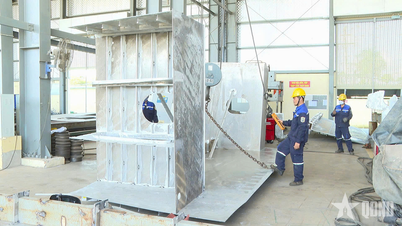
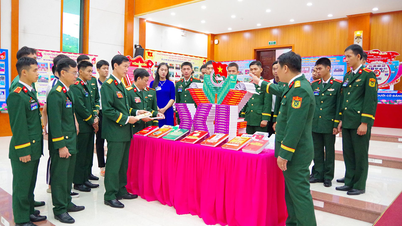
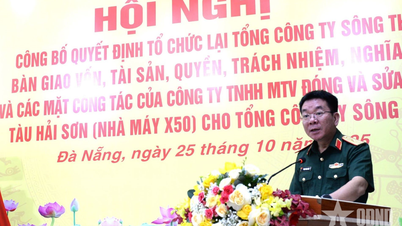
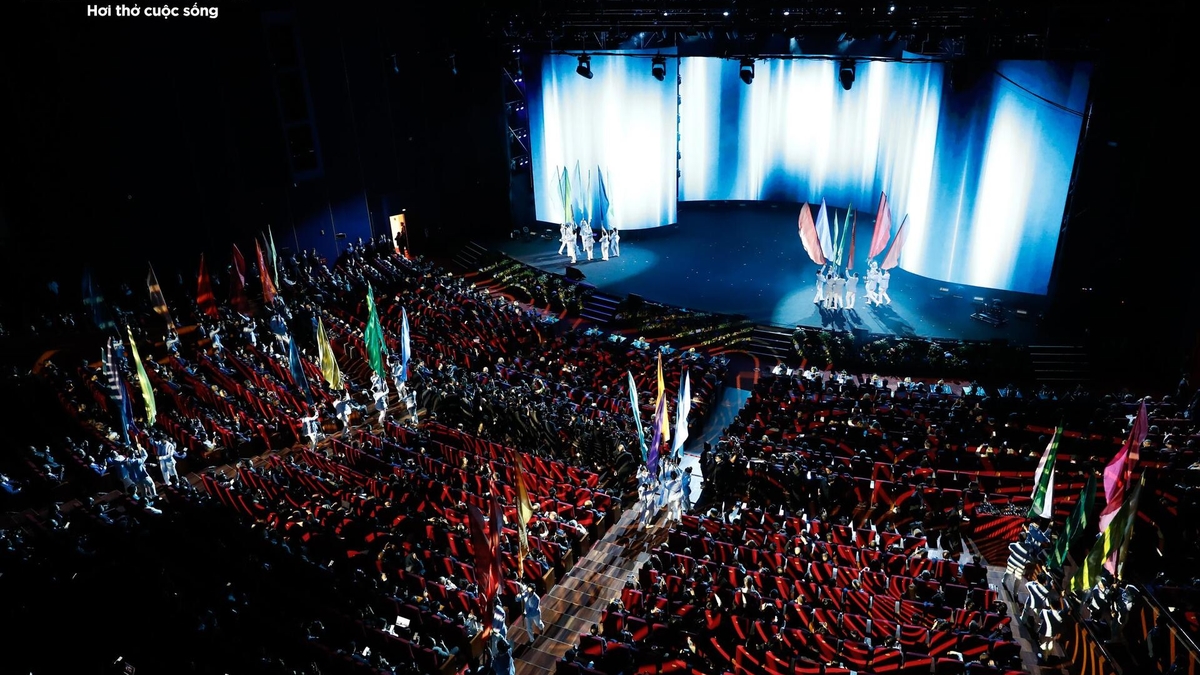
![[Photo] General Secretary To Lam meets with General Secretary and President of Laos Thongloun Sisoulith](https://vphoto.vietnam.vn/thumb/1200x675/vietnam/resource/IMAGE/2025/10/25/1761380913135_a1-bnd-4751-1374-7632-jpg.webp)




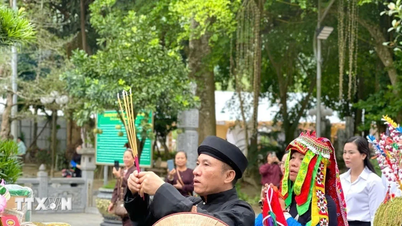
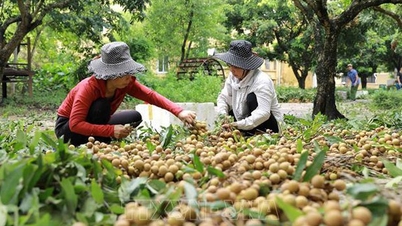

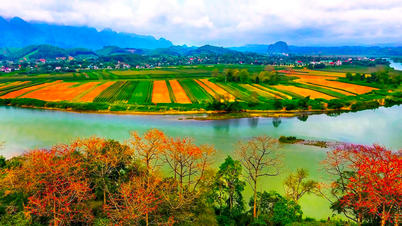

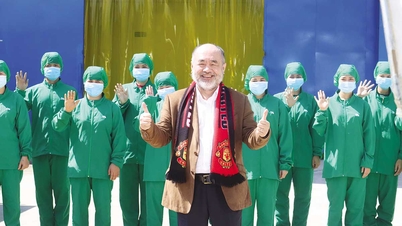






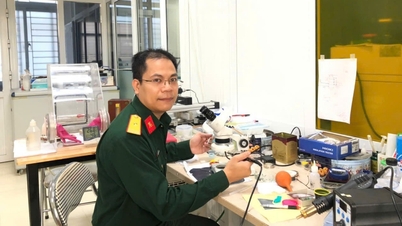




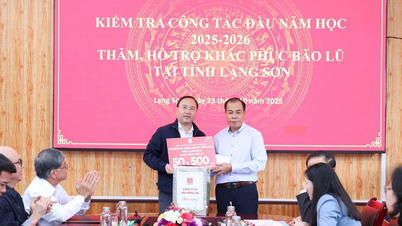



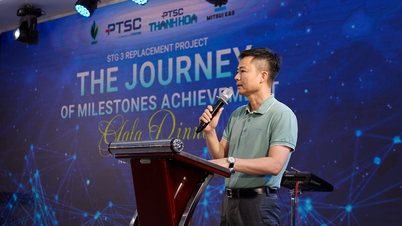


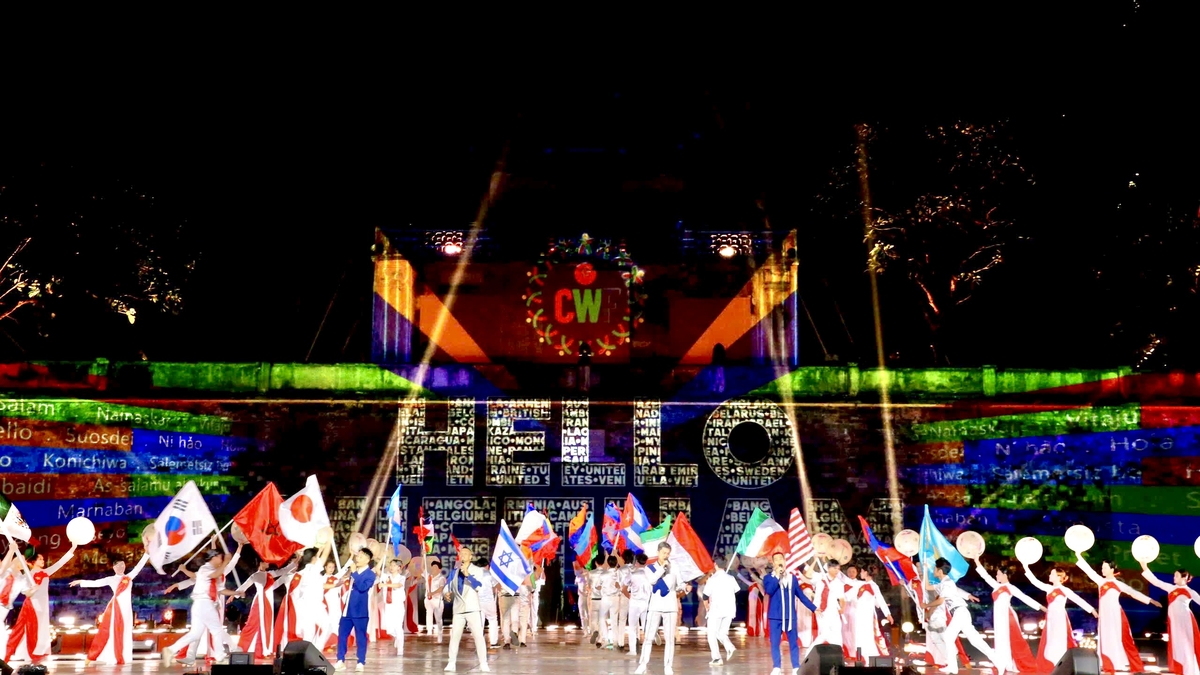



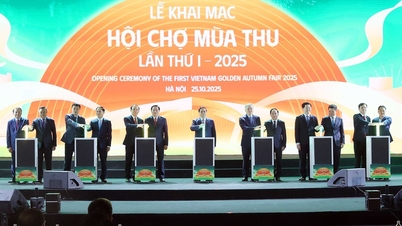
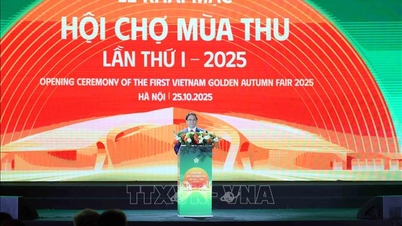
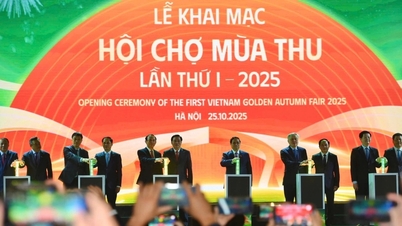
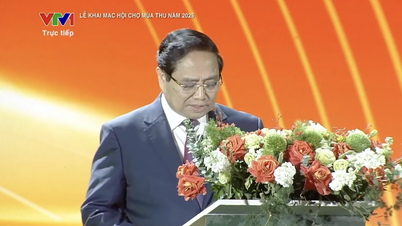




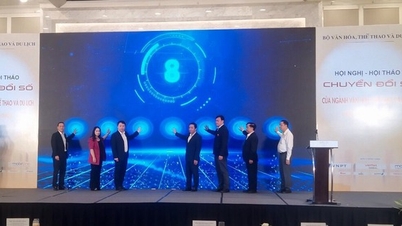
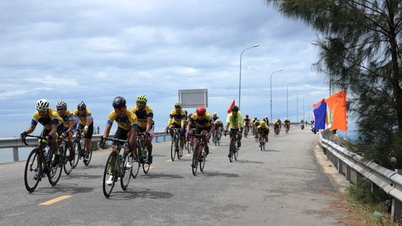
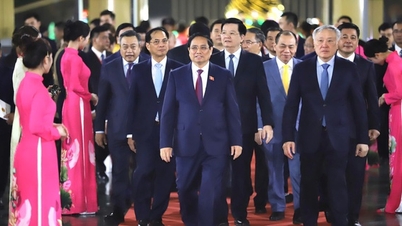
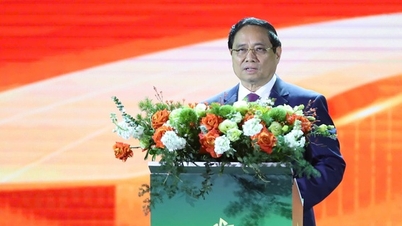
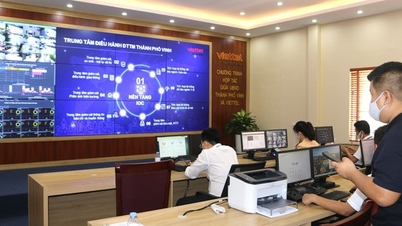

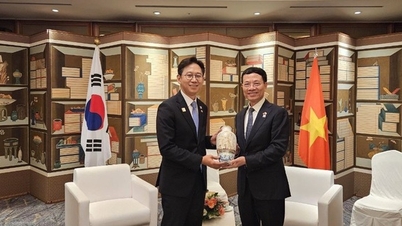
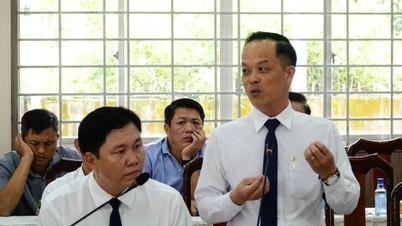


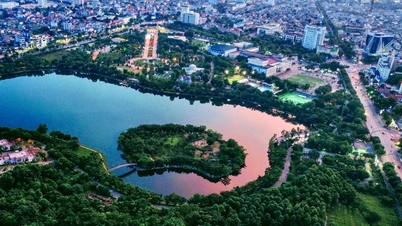
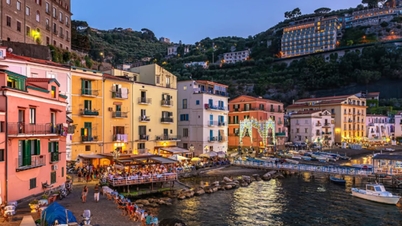
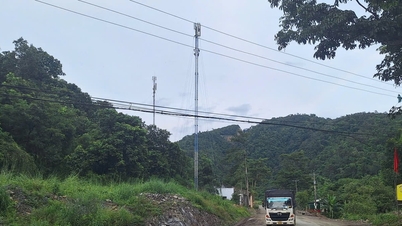
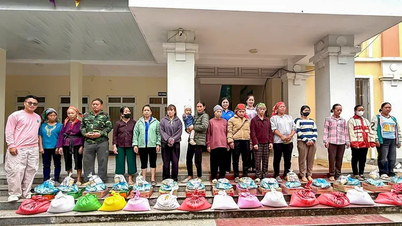














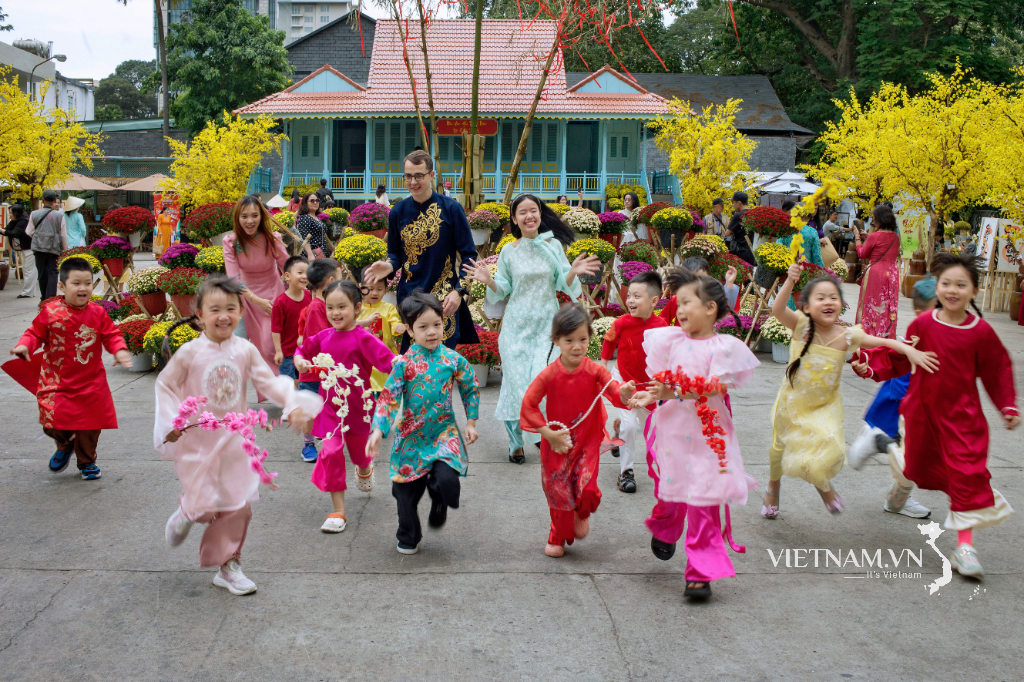

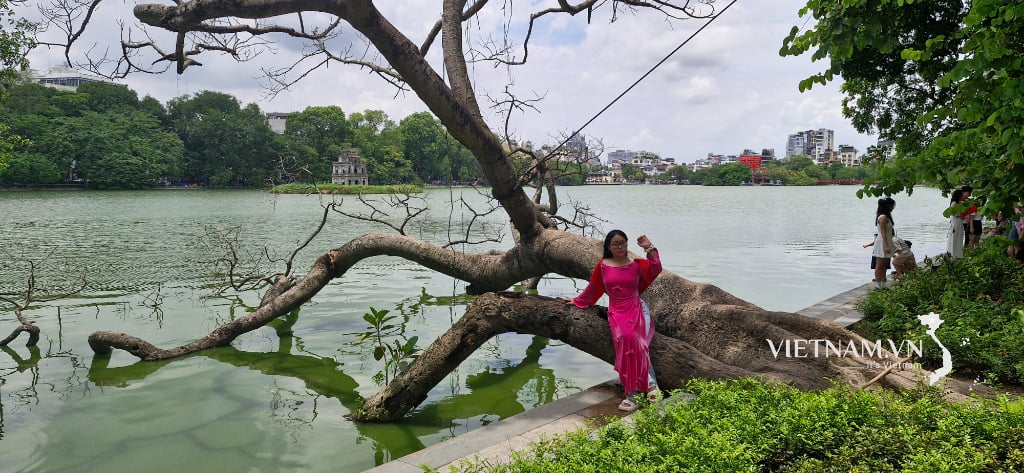
Comment (0)